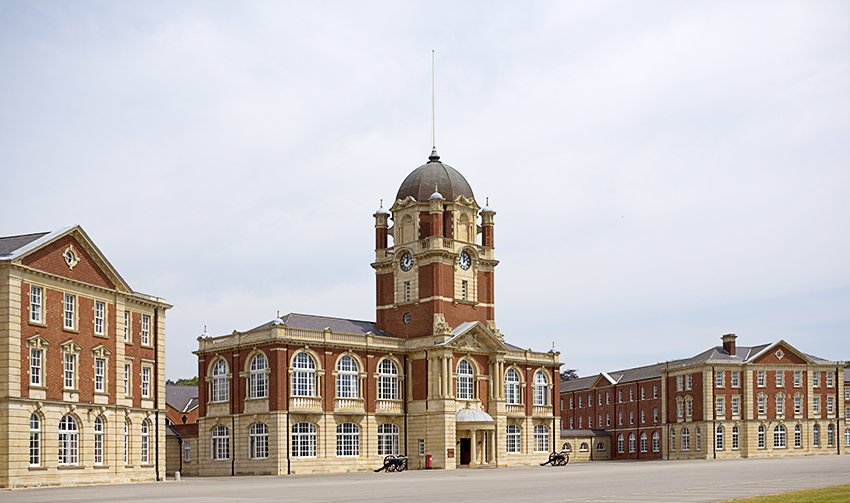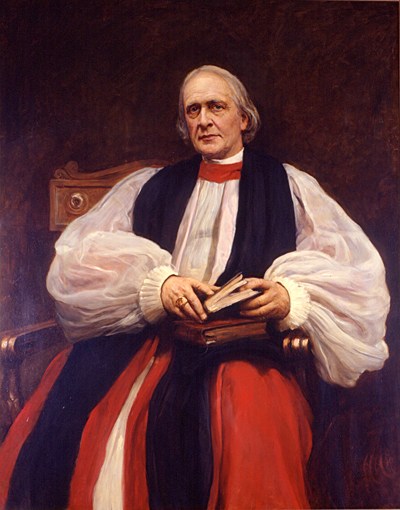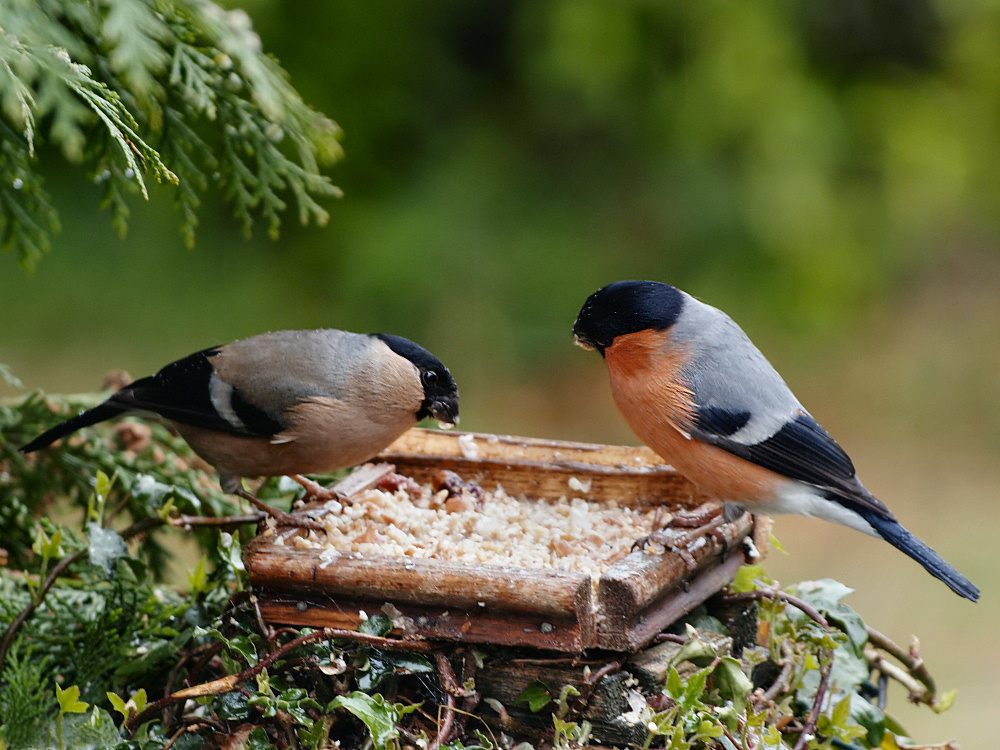|
Edgbarrow Woods
Edgbarrow Woods is a Local Nature Reserve on the northern outskirts of Sandhurst in Berkshire. It is owned and managed by Wellington College. Geography and site This site contains many habitats, including semi-natural high forest, wet and dry heathland and acidic, unimproved, lowland grassland. History The area has royal associations, being a former royal hunting ground created in the 11th century by William the Conqueror. In 2002 the site was declared as a local nature reserve by Bracknell Forest Borough Council. Fauna The site has the following fauna: Mammals *Common noctule Invertebrates *Silver-studded blue Birds *Eurasian bullfinch *Eurasian hobby *Dartford warbler Flora The site has the following special flora amongst others: *''Succisa pratensis'' or devil's-bit scabious *''Drosera rotundifolia ''Drosera rotundifolia'', the round-leaved sundew, roundleaf sundew, or common sundew, is a carnivorous species of flowering plant that grows in bogs, marshes ... [...More Info...] [...Related Items...] OR: [Wikipedia] [Google] [Baidu] |
Sandhurst, Berkshire
Sandhurst is a town and civil parish in the Bracknell Forest borough in Berkshire, England. It is in the south eastern corner of Berkshire, and is situated west-southwest of central London, north west of Camberley and south of Bracknell. Sandhurst is known worldwide as the location of the Royal Military Academy Sandhurst (often referred to simply as "Sandhurst", "The Academy" or "The RMA"). Despite its close proximity to Camberley, Sandhurst is also home to a large and well-known out-of-town mercantile development. The site is named "The Meadows" and has a Tesco Extra hypermarket and a Marks & Spencer, two of the largest in the country. A large Next clothing and homeware store is open on the site of the old Homebase. Geography Sandhurst is in South East England near the junction of Berkshire, Hampshire and Surrey. The town has four main districts, from west to east: Little Sandhurst, Sandhurst (central) and College Town, with Owlsmoor to the northeast. North of the ... [...More Info...] [...Related Items...] OR: [Wikipedia] [Google] [Baidu] |
Berkshire
Berkshire ( ; in the 17th century sometimes spelt phonetically as Barkeshire; abbreviated Berks.) is a historic county in South East England. One of the home counties, Berkshire was recognised by Queen Elizabeth II as the Royal County of Berkshire in 1957 because of the presence of Windsor Castle, and letters patent were issued in 1974. Berkshire is a county of historic origin, a ceremonial county and a non-metropolitan county without a county council. The county town is Reading. The River Thames formed the historic northern boundary, from Buscot in the west to Old Windsor in the east. The historic county, therefore, includes territory that is now administered by the Vale of White Horse and parts of South Oxfordshire in Oxfordshire, but excludes Caversham, Slough and five less populous settlements in the east of the Royal Borough of Windsor and Maidenhead. All the changes mentioned, apart from the change to Caversham, took place in 1974. The towns of Abingdon, Didcot, Far ... [...More Info...] [...Related Items...] OR: [Wikipedia] [Google] [Baidu] |
Wellington College, Berkshire
Wellington College is a public school (English independent day and boarding school) in the village of Crowthorne, Berkshire, England. Wellington is a registered charity and currently educates roughly 1,200 pupils, between the ages of 13 and 18, per annum. The college was built as a national monument to the first Duke of Wellington (1769–1852), in whose honour it is named. Queen Victoria laid the foundation stone in 1856 and inaugurated the School's public opening on 29 January 1859. Many former Wellington pupils fought in the trenches during the First World War, a conflict in which 707 of them lost their lives, many volunteering for military service immediately after leaving school. A further 501 former pupils were killed in action in the Second World War. The school is a member of the Rugby Group of 18 British public schools and is also a member of the G20 Schools group. History Wellington College was granted a royal charter in 1853 as "''The Royal and Religious Foun ... [...More Info...] [...Related Items...] OR: [Wikipedia] [Google] [Baidu] |
Heathland
A heath () is a shrubland habitat found mainly on free-draining infertile, acidic soils and characterised by open, low-growing woody vegetation. Moorland is generally related to high-ground heaths with—especially in Great Britain—a cooler and damper climate. Heaths are widespread worldwide but are fast disappearing and considered a rare habitat in Europe. They form extensive and highly diverse communities across Australia in humid and sub-humid areas where fire regimes with recurring burning are required for the maintenance of the heathlands.Specht, R.L. 'Heathlands' in 'Australian Vegetation' R.H. Groves ed. Cambridge University Press 1988 Even more diverse though less widespread heath communities occur in Southern Africa. Extensive heath communities can also be found in the Texas chaparral, New Caledonia, central Chile, and along the shores of the Mediterranean Sea. In addition to these extensive heath areas, the vegetation type is also found in scattered locations acro ... [...More Info...] [...Related Items...] OR: [Wikipedia] [Google] [Baidu] |
William The Conqueror
William I; ang, WillelmI (Bates ''William the Conqueror'' p. 33– 9 September 1087), usually known as William the Conqueror and sometimes William the Bastard, was the first House of Normandy, Norman List of English monarchs#House of Normandy, king of England, reigning from 1066 until his death in 1087. A descendant of Rollo, he was Duke of Normandy from 1035 onward. By 1060, following a long struggle to establish his throne, his hold on Normandy was secure. In 1066, following the death of Edward the Confessor, William invaded England, leading an army of Normans to victory over the Anglo-Saxons, Anglo-Saxon forces of Harold Godwinson at the Battle of Hastings, and suppressed subsequent English revolts in what has become known as the Norman Conquest. The rest of his life was marked by struggles to consolidate his hold over England and his continental lands, and by difficulties with his eldest son, Robert Curthose. William was the son of the unmarried Duke Robert I of Normandy ... [...More Info...] [...Related Items...] OR: [Wikipedia] [Google] [Baidu] |
Bracknell Forest Borough Council
Bracknell Forest Council, also known as Bracknell Forest Borough Council is the local authority of Bracknell Forest in Berkshire, England. It is a unitary authority, having the powers of a non-metropolitan county and district council combined. It consists of 42 councillors that are elected from 18 wards. Premises The council was originally based at Easthampstead House in Town Square, Bracknell, which had been built in 1970 for its predecessor authority, Easthampstead Rural District Council. In 1997 the council acquired additional office space in a modern building called Time Square on Market Street, Bracknell, with functions split between the two buildings for a time. Council meetings continued to be held at Easthampstead House until a new council chamber was created in Time Square in 2018, after which the council vacated Easthampstead House and is now solely based at Time Square. See also * Bracknell Forest local elections Bracknell Forest Borough Council is the local auth ... [...More Info...] [...Related Items...] OR: [Wikipedia] [Google] [Baidu] |
Common Noctule
The common noctule (''Nyctalus noctula'') is a species of insectivorous bat common throughout Europe, Asia, and North Africa. Description The common noctule's short fur is dark brown after moulting in June (males) or July/August (females); later it changes to red-brown before the onset of winter.Braun M. & Dieterlen F. 2003 When awake, the body temperature is but it decreases significantly during inactivity. The body mass of adult common noctule is and they have a wingspan of . The species forages with a rapid flying speed of , sometimes up to . Because of temporally limited availability of insect prey, they have short daily activity periods before sunrise and after sunset of in total one hour or less and so must cope with up to twenty-three hours of fasting a day. Distribution Most parts of Europe, central Russia, across the Ural mountain, Caucasus, Turkey, the Near East, to southwestern parts of Siberia, the Himalayas, China, Malaysia, Taiwan and Japan. In Bulgaria, it is ... [...More Info...] [...Related Items...] OR: [Wikipedia] [Google] [Baidu] |
Silver-studded Blue
The silver-studded blue (''Plebejus argus'') is a butterfly in the family Lycaenidae. It has bright blue wings rimmed in black with white edges and silver spots on its hindwings, lending it the name of the silver-studded blue. ''P. argus'' can be found across Europe and east across the Palearctic, but is most often studied in the United Kingdom in which the species has experienced a severe decline in population due to habitat loss and fragmentation. ''P. argus'' engages in mutualism with ants that contribute to the butterflies' reproductive fitness by providing protection from predation and parasitism from the point of egg laying to their emergence as adults. ''P. argus'' adults emerge in the end of June and beginning of July and engage in flight into the beginning of August. The butterfly is adaptable to different habitats and is found in heathland, mossland, and limestone grassland. Tending towards a sedentary lifestyle and typically flying less than a day, ''P. argus'' maint ... [...More Info...] [...Related Items...] OR: [Wikipedia] [Google] [Baidu] |
Eurasian Bullfinch
The Eurasian bullfinch, common bullfinch or bullfinch (''Pyrrhula pyrrhula'') is a small passerine bird in the finch family, Fringillidae. In Anglophone Europe it is known simply as the bullfinch, as it is the original bird to bear the name bullfinch. Taxonomy and systematics The Eurasian bullfinch was formally described in 1758 by Linnaeus in the 10th edition of his ''Systema Naturae'' under the binomial name ''Loxia pyrrhula''. It is now placed in the genus ''Pyrrhula'' that was introduced in 1760 by the French zoologist Mathurin Jacques Brisson. The Latin word ''pyrrhula'' comes from the Greek ''πυρρός'' (a flame-coloured bird, from πυρρός flame coloured, from ''πυρ'' fire : Pyrrha), a 'worm eating bird' that is mentioned by Aristotle. The Latin name ''pyrrhula'' for the Eurasian bullfinch had been used in 1555 by the Swiss naturalist Conrad Gesner in his '' Historiae animalium''. Subspecies Ten subspecies are recognised: * ''P. p. pileata'' MacGillivray, W, ... [...More Info...] [...Related Items...] OR: [Wikipedia] [Google] [Baidu] |
Eurasian Hobby
The Eurasian hobby (''Falco subbuteo'') or just hobby, is a small, slim falcon. It belongs to a rather close-knit group of similar falcons often considered a subgenus '' Hypotriorchis''. Taxonomy and systematics The first formal description of the Eurasian hobby was by the Swedish naturalist Carl Linnaeus in 1758 in the tenth edition of his ''Systema Naturae'' under the present binomial name ''Falco subbuteo''. The genus name ''falco'' derives from Late Latin ''falx'', ''falcis'', a sickle, referring to the wing profile of the bird. The species name ''subbuteo'' is from Latin ''sub'', "below, less than, under" and ''buteo'', "buzzard". The species' English name comes from Old French ''hobé'' or ''hobet''. It became the trademark for the Subbuteo games company after its creator, who was an ornithologist, was refused permission to register "Hobby". Currently two subspecies are recognized: * ''F. s. subbuteo'': the nominate race is resident in Africa, Europe and Central and East ... [...More Info...] [...Related Items...] OR: [Wikipedia] [Google] [Baidu] |
Dartford Warbler
The Dartford warbler (''Curruca undata'') is a typical warbler from the warmer parts of western Europe and northwestern Africa. It is a small warbler with a long thin tail and a thin pointed bill. The adult male has grey-brown upperparts and is dull reddish-brown below except for the centre of the belly which has a dirty white patch. It has light speckles on the throat and a red eye-ring. The sexes are similar but the adult female is usually less grey above and paler below. Its breeding range lies west of a line from southern England to the heel of Italy (southern Apulia). The Dartford warbler is usually resident all year in its breeding range, but there is some limited migration. Taxonomy and systematics The Dartford warbler was first described in 1776 by the Welsh naturalist, Thomas Pennant. He introduced the English name and based his description on two specimens that had been obtained by the ornithologist John Latham from Bexley Heath, near Dartford in Kent. In 1783 Latham i ... [...More Info...] [...Related Items...] OR: [Wikipedia] [Google] [Baidu] |


.jpeg/1200px-Amrum_(187753235).jpeg)




